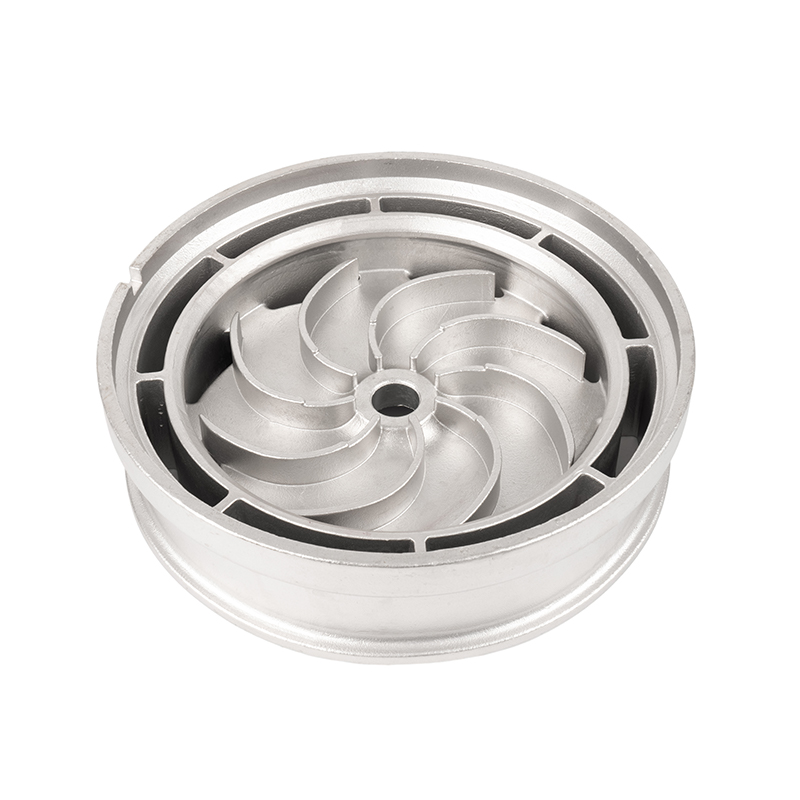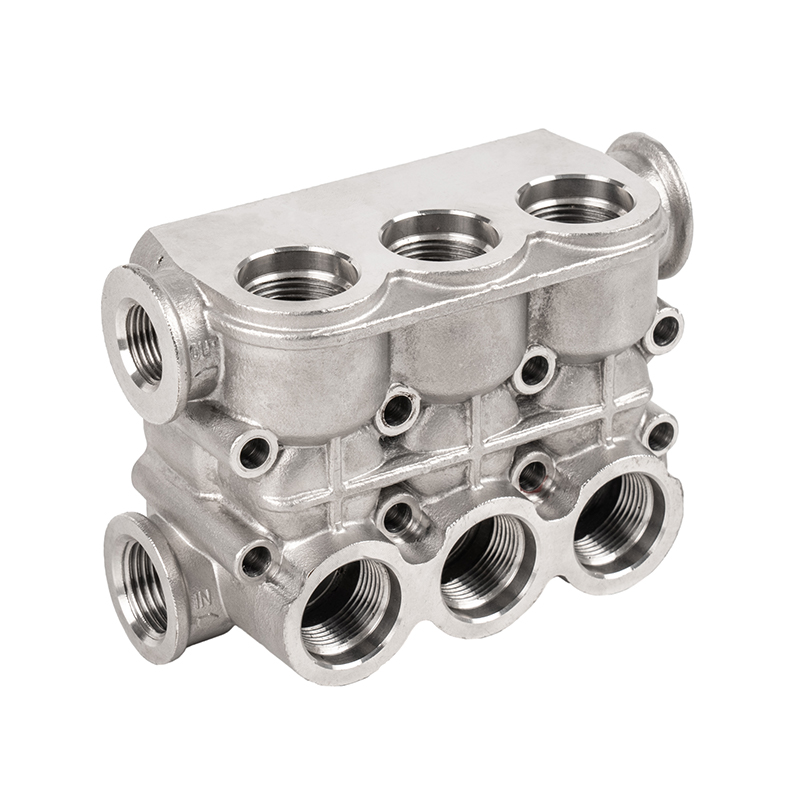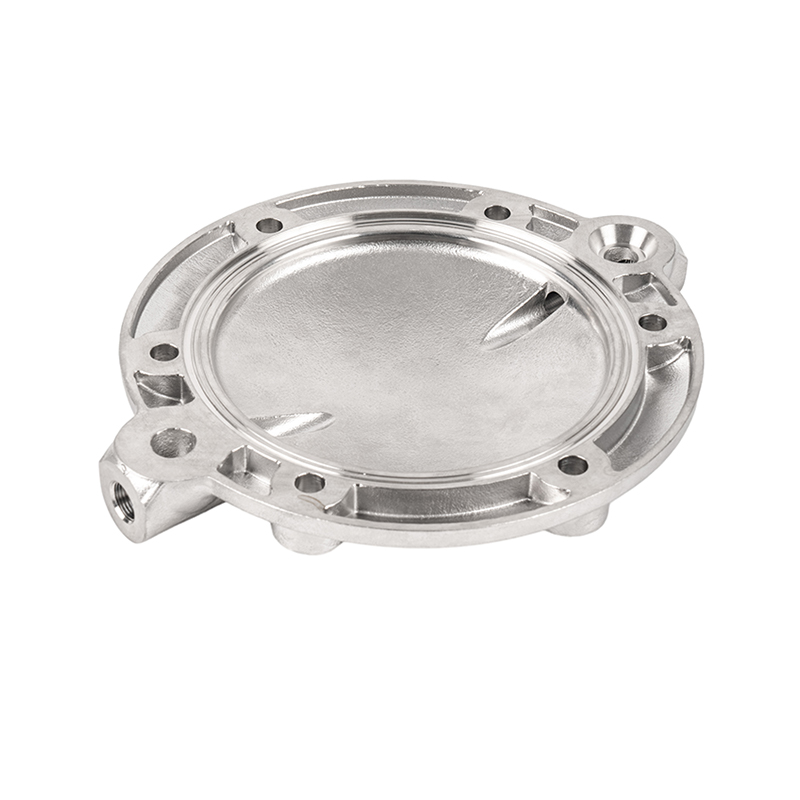Stainless steel casting repair and correction.
Stainless steel casting repair and correction:
1. Any defects can be removed by grinding, but the size after grinding should comply with the dimensional tolerance requirements of the casting.
2. Deformed castings are allowed to be corrected by mechanical methods. After correction, all parts should be inspected for cracks.
3. Unless otherwise specified, castings can be repaired by welding.
4. When tungsten arc welding is used for repair, the repair area and depth of welding should comply with regulations. Note: 1) The welding repair area refers to the area after expansion; 2) Welding areas with a welding repair area less than 2cm2 are not included in the number of welding repairs.
5. No more than three welding repairs should be made at the same place, and the distance between the edges of the welding zone (including the welding zone on the opposite side) must not be less than the sum of the diameters of the two adjacent welding zones.
6. All castings supplied in a heat-treated state must be heat-treated in their original state after welding repair, and the mechanical properties of the heat-treated castings must be tested. When the area of the argon arc welding zone is less than 2cm2 and the distance between welding zones is not less than 100 mm, heat treatment is not required. But on a stainless steel casting, no more than five places.
7. There must be no cracks, delamination, or incomplete welding in the welding repair area. In any welding area, there are allowed to be three pores or inclusions with a diameter of no more than 2 mm and no more than 1/3 of the wall thickness, and the margins are no more than 2 mm. Less than 10 mm. Scattered pores or inclusions with a diameter of less than 0.5 mm are not included.
8. For castings working in corrosive media or atmosphere, flux is not allowed to be used during welding repair.
9. Unless otherwise specified, stainless steel castings requiring denseness are allowed to be patched.


 English
English Español
Español русский
русский 中文简体
中文简体

















